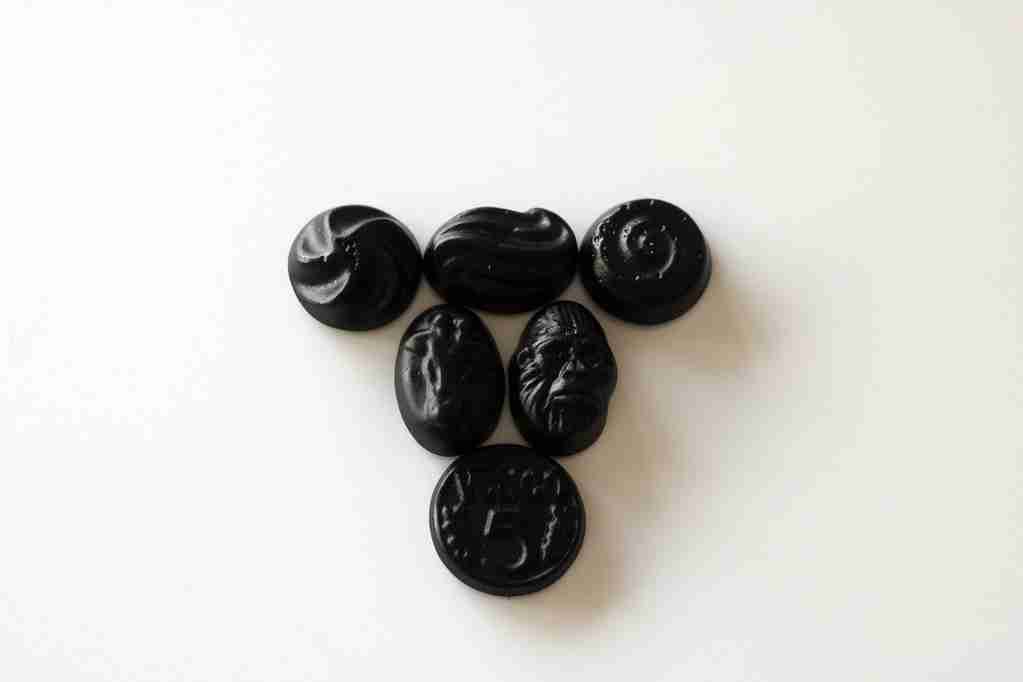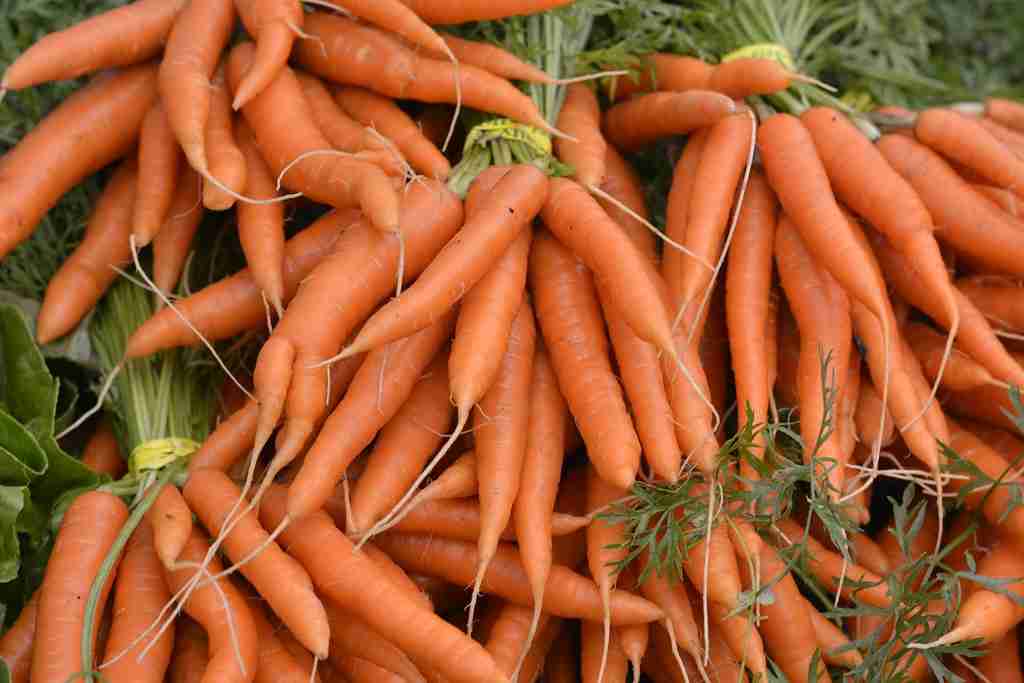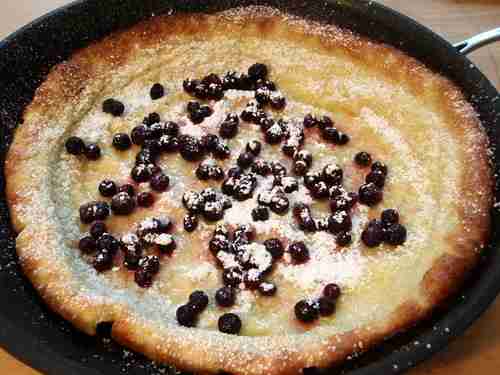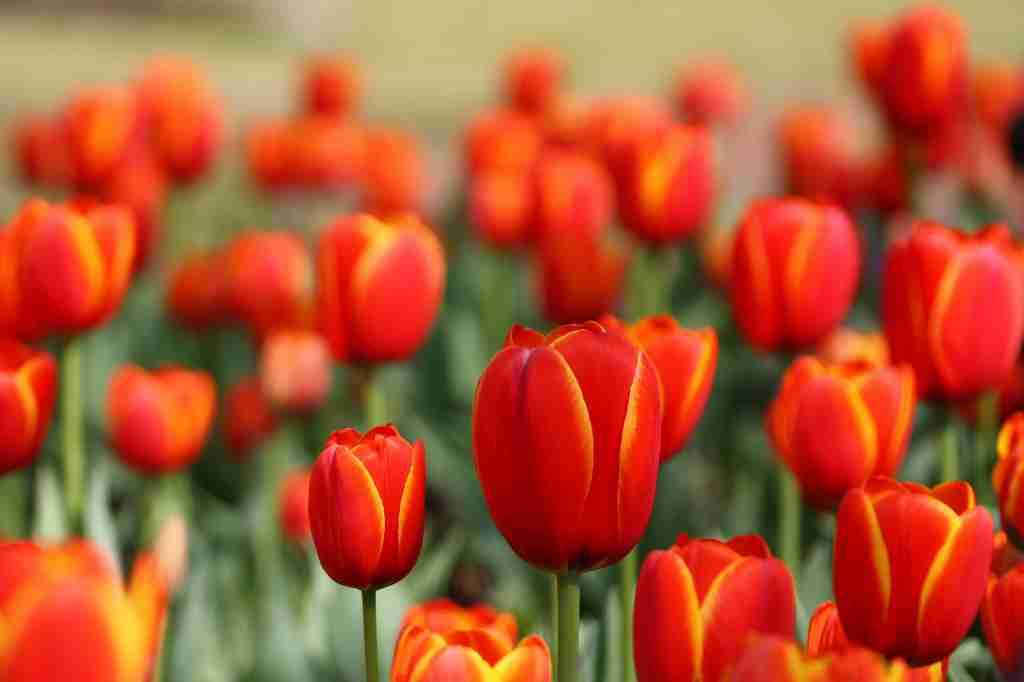23 Fun Facts About Netherlands | Land of Surprises
1. New York City was originally founded as New Amsterdam.
The Dutch hold a unique place in American history. In 1624, they established a trading post on the island of Manhattan and named it New Amsterdam.
Although British control came later, remnants of its Dutch heritage remain. Place names like Brooklyn (Breukelen) and Harlem (Haarlem) still echo their early origins.
2. Bicycles outnumber people in the Netherlands.
Cycling isn’t just a hobby in the Netherlands; it’s a way of life. With an estimated 23 million bicycles, the country has more bikes than people!
The Netherlands boasts an excellent cycling infrastructure with dedicated bike paths, traffic lights, and even bicycle parking garages. It’s no wonder cycling is such an integral part of Dutch culture.
3. A significant portion of the Netherlands lies below sea level.
The Netherlands has a unique relationship with water. About one-third of the country’s landmass is actually below sea level!
The Dutch have engineered an ingenious system of dikes, dams, and pumps to protect their land from flooding. This remarkable feat of engineering is a testament to Dutch innovation and resilience.
4. The Dutch are the tallest people in the world.
On average, Dutch men are the tallest on the planet, with an average height of around 183 centimeters (6 feet). Dutch women are close behind, also ranking among the world’s tallest.
Scientists believe a combination of genetics, a diet rich in dairy products, and overall excellent quality of life contribute to the impressive height of the Dutch.
5. The Dutch invented gin (jenever).
Gin lovers, raise a glass to the Netherlands! The Dutch were the original creators of jenever, the juniper-flavored spirit that eventually evolved into the gin we know today.
Jenever has a long and storied history in the Netherlands, dating back to the 16th century. It’s still a popular drink in the country and makes a flavorful base for delicious cocktails.
6. What was the invasion of the Netherlands and Belgium?
A military campaign during World War II where German forces invaded the neutral countries of the Netherlands and Belgium in May 1940.
7. The Netherlands is the world’s second-largest exporter of agricultural products.
Don’t let its small size fool you – the Netherlands is a major player in global agriculture. It’s the second-largest exporter of agricultural products worldwide, after only the United States.
The Dutch are masters of efficient and sustainable farming techniques, maximizing their land use. They are known for their flowers, cheese, vegetables, and other high-quality food products.
8. The Dutch love their licorice (drop).

The Dutch have a serious sweet tooth for licorice, known as ‘drop’ in the Netherlands. They consume over 2 kilos (4.4 pounds) of licorice per person every year!
Dutch licorice comes in a dizzying array of flavors and shapes, from salty to sweet and even coins or animal figures. Don’t be surprised if you’re offered a piece when visiting the Netherlands!
9. The Netherlands was the first country to legalize same-sex marriage.
In 2001, the Netherlands made history by becoming the first nation in the world to legalize same-sex marriage. This landmark decision paved the way for greater LGBTQ+ acceptance and rights worldwide.
The Netherlands is known for its progressive and inclusive society. This commitment to equality is a point of pride for the Dutch people.
10. Amsterdam has more canals than Venice.
Amsterdam is often called the “Venice of the North,” and for good reason. The city boasts over 100 kilometers (60 miles) of canals, surpassing even Venice’s famous waterways.
These picturesque canals are a defining feature of Amsterdam. They offer a unique way to see the city by boat or simply provide a beautiful backdrop for a leisurely stroll.
11. The Dutch value directness.
Dutch communication is known for its direct and straightforward style. They don’t tend to sugarcoat things and value honesty, even if it might seem blunt at first.
This directness can be refreshing for some and a bit surprising for those accustomed to more indirect communication. It’s all part of the unique Dutch approach to life and one of the interesting Netherlands fun facts to know!
12. Carrots were originally purple.

The iconic orange carrot we all know and love is a Dutch invention! Before the 17th century, most carrots were purple, white, or yellow.
Dutch farmers selectively bred orange carrots in honor of William of Orange, a leader of the Dutch fight for independence. This patriotic act turned the orange carrot into the standard we enjoy today!
13. The Dutch consume a lot of coffee.
The Dutch are serious coffee enthusiasts, ranking among the world’s top coffee drinkers. On average, they enjoy about four cups of coffee per day!
Coffee culture is deeply ingrained in Dutch life. It’s a time for socializing, taking a break (known as a “koffiepauze”), and simply savoring a delicious brew.
14. There’s a unique catboat sanctuary in Amsterdam.
Cat lovers will adore the Poezenboot (Catboat) in Amsterdam. This floating sanctuary on a canal provides a safe haven for stray and abandoned cats.
Visitors can cuddle with friendly felines and even adopt one if they find the perfect match. The Poezenboot is a heartwarming example of Dutch compassion towards animals.
15. What are the colors of the Netherlands flag and what do they represent?
The Dutch flag boasts three equally sized horizontal stripes: a bright red top stripe, a white middle stripe, and a cobalt blue bottom stripe.
While there is no official meaning assigned to the colors, they are frequently interpreted as representing courage, peace, and loyalty respectively.
16. Dutch babies aren’t actually from the Netherlands.

Despite their name, Dutch babies are an American breakfast dish. They’re large, fluffy pancakes baked in a skillet, similar to a Yorkshire pudding.
The origin of the name is a bit unclear, but it’s likely a variation of the word “Deutsch,” referring to German cuisine, which influenced some Pennsylvania Dutch settlers.
17. The Netherlands played a pivotal role in the development of Wi-Fi.
Dutch inventor Vic Hayes is known as the “father of Wi-Fi” for his work on establishing the standards that make wireless internet possible. His contributions were essential to the widespread adoption of Wi-Fi around the world.
This underscores the Dutch knack for technological innovation, making the Netherlands a hub for cutting-edge developments that shape our modern lives.
18. King’s Day (Koningsdag) is a massive national celebration.
King’s Day, celebrated on April 27th, is one of the biggest parties in the Netherlands. People dress in orange, cities transform into open-air markets, and there’s music and revelry everywhere.
This national holiday celebrates the king’s birthday. It’s a joyous occasion for the Dutch to come together and express their love for the country.
19. You can find Van Gogh’s largest collection of works in Amsterdam.
Art lovers shouldn’t miss the Van Gogh Museum in Amsterdam. It houses the world’s largest collection of Vincent van Gogh’s masterpieces, showcasing his artistic evolution.
Visitors can get up close with iconic works like “Sunflowers,” “The Bedroom,” and numerous self-portraits. The museum offers a fascinating glimpse into the mind of this brilliant and troubled artist.
20. The Netherlands isn’t just tulips and windmills.

While the Netherlands is famous for its colorful tulip fields and historic windmills, there’s much more to uncover. This country has a rich history, diverse cities, and a unique way of life – proving there’s more to the Netherlands than meets the eye.
The Dutch are known for their innovation, from groundbreaking art movements to clever solutions for water management. There’s a surprising depth to this small nation that makes it a fascinating place to explore and plenty more facts about Netherlands to discover.
21. What is unique about the Netherlands’ geography?
The Netherlands’ geography is distinguished by its extensive network of dikes, canals, and polders, enabling the country to reclaim large areas of land from the sea.
This low-lying landscape, protected by innovative water management systems, is a defining feature of the nation’s identity and resilience.
22. The Netherlands is home to the world’s oldest stock exchange.
The Dutch have a knack for trade and innovation. In 1602, they established the Amsterdam Stock Exchange, the very first of its kind in the world!
This historic institution played a pivotal role in shaping global finance. It paved the way for modern stock markets and helped fuel the economic boom of the Dutch Golden Age. This is just one of many interesting Netherlands facts!
23. The Netherlands is remarkably flat.
The lack of hills might surprise visitors to the Netherlands. About half of the country’s land sits at or below sea level, making it one of the flattest nations on Earth.
While this poses challenges with water management, it also makes the Netherlands a cyclist’s paradise. You can pedal for miles without encountering any significant inclines!
FAQs
Its formation is due to river systems depositing sediment and creating a largely flat landscape.
A constitutional monarchy with a parliamentary democracy.
Stamppot (mashed potatoes and vegetables), bitterballen (fried meatballs), stroopwafels (syrup waffles), poffertjes (mini pancakes).
It features some influences from former colonies like Indonesia, with dishes like rijsttafel.
Windmills crucial for pumping water out of flooded areas and creating dry land. These windmills weren’t just for scenery – they also powered sawmills, ground grain into flour, and helped produce essential goods like oil and paper. Windmills played a vital role in shaping the Dutch landscape and fueling its early industries.







